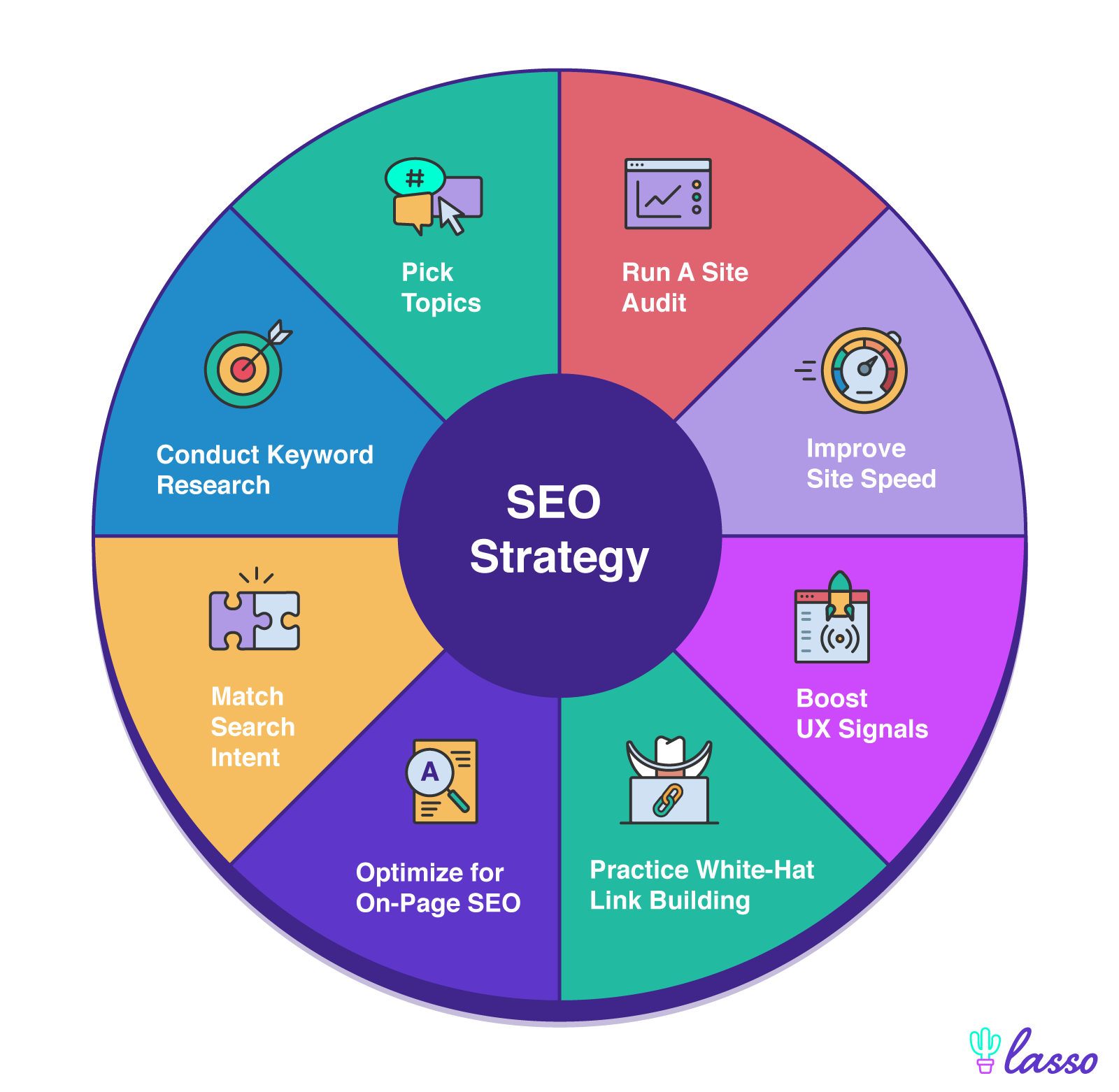In the vast and competitive landscape of the digital world, having a strong online presence is crucial for businesses looking to thrive. One of the most effective ways to achieve this is through Search Engine Optimization (SEO). At the heart of any successful SEO strategy lies the seamless integration of keywords and compelling content. In this article, we’ll delve into the intricacies of crafting an effective SEO strategy that transitions seamlessly from keywords to content, ultimately driving organic traffic and boosting your online visibility.
Understanding Keywords: Keywords serve as the foundation of SEO. They are the terms and phrases that users type into search engines when looking for information, products, or services. Identifying the right keywords relevant to your business is essential for attracting your target audience. Conducting thorough keyword research using tools like Google Keyword Planner, SEMrush, or Ahrefs can help you discover high-volume, low-competition keywords that align with your business objectives.
Keyword Placement: Once you’ve identified your target keywords, strategically placing them throughout your website is crucial. Incorporate keywords into your website’s meta titles, meta descriptions, headings, and body content. However, it’s essential to maintain a natural flow and avoid keyword stuffing, which can lead to penalization by search engines. Aim for a balance between optimization and readability to enhance the user experience while signaling relevance to search engine algorithms.
Creating Compelling Content: Keywords alone are not enough to captivate your audience and retain their interest. Quality content reigns supreme in the realm of SEO. Your content should be informative, engaging, and valuable to your audience. Whether it’s blog posts, articles, product descriptions, or landing pages, every piece of content should be crafted with your target audience in mind. Address their pain points, answer their questions, and provide solutions that resonate with their needs.
Optimizing Content for SEO: Incorporating keywords into your content is essential, but it’s equally important to optimize other elements for SEO. Utilize descriptive and keyword-rich URLs, optimize image alt tags with relevant keywords, and interlink your content to improve navigability and boost search engine crawlability. Additionally, aim to create comprehensive, long-form content that covers a topic in-depth, as it tends to perform better in search engine rankings.
Regularly Update and Refresh Content: SEO is not a one-time effort but an ongoing process. Regularly updating and refreshing your content not only keeps it relevant and informative but also signals to search engines that your website is active and deserving of higher rankings. Monitor keyword performance, analyze user engagement metrics, and adjust your content strategy accordingly to stay ahead of the competition.
In conclusion, crafting an effective SEO strategy that seamlessly transitions from keywords to content is essential for improving your website’s visibility and driving organic traffic. By conducting thorough keyword research, strategically optimizing your content, and regularly updating your website, you can establish a strong online presence that attracts and retains your target audience, ultimately leading to business growth and success.


